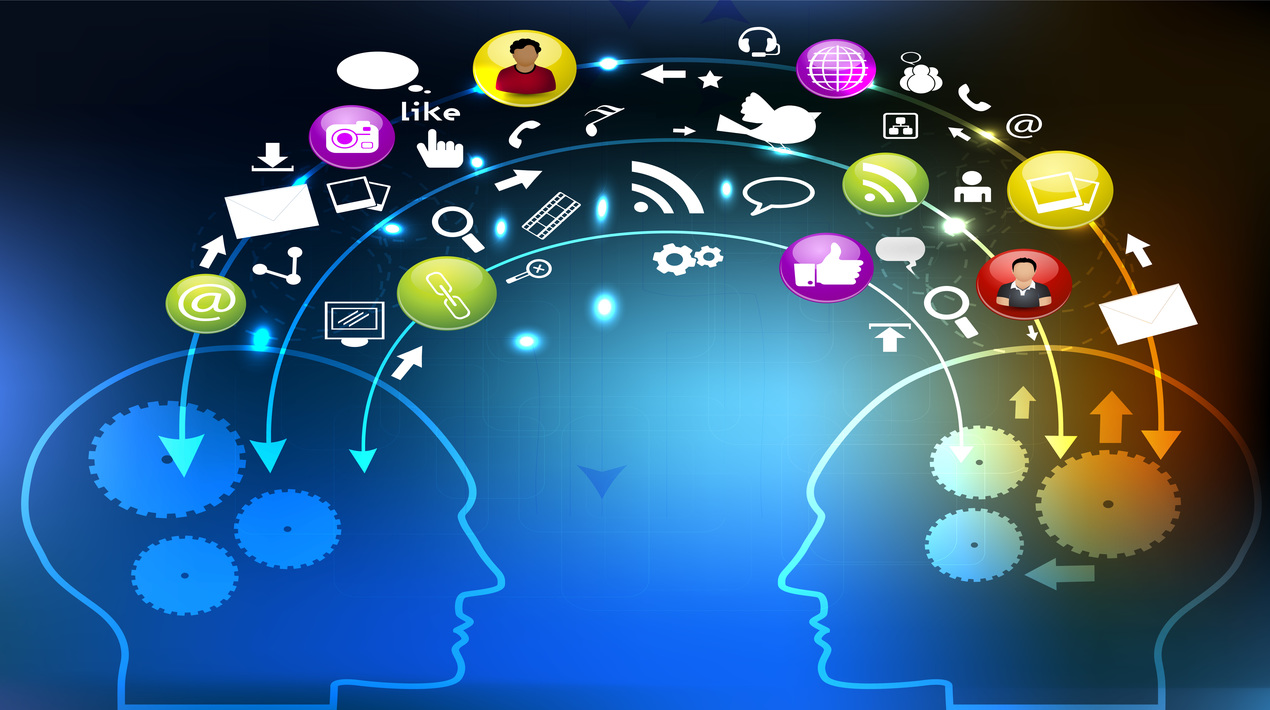
Research by the Massachusetts Institute of Technology (MIT) neuroscientists suggests the latest predictive language models’ underlying mechanism functions similarly to the human brain’s language-processing centres. Computer models that perform well on other types of language tasks do not show this similarity to the human brain, offering evidence that the human brain may use next-word prediction to drive language processing.
The better the model is at predicting the next word, the more closely it fits the human brain. It is amazing that the models fit so well, and it very indirectly suggests that maybe what the human language system is doing is predicting what is going to happen next.
– Nancy Kanwisher, Professor of Cognitive Neuroscience, Walter A. Rosenblith & Author of the Study
The new, high-performing next-word prediction models belong to a class of models called deep neural networks. These networks contain computational “nodes” that form connections of varying strength, and layers that pass information between each other in prescribed ways.
In the new study, the MIT team used a similar approach to compare language-processing centres in the human brain with language-processing models. The researchers analysed 43 different language models, including several that are optimised for next-word prediction.
These include a model called GPT-3 (Generative Pre-trained Transformer 3), which, given a prompt, can generate text similar to what a human would produce. Other models were designed to perform different language tasks, such as filling in a blank in a sentence.
The researchers found that the best-performing next-word prediction models had activity patterns that very closely resembled those seen in the human brain. Activity in those same models was also highly correlated with measures of human behavioural measures such as how fast people were able to read the text.
The team also discovered that the models that predict the neural responses well also tend to best predict human behaviour responses, in the form of reading times. Then both of these are explained by the model performance on next-word prediction. This triangle really connects everything together.
A key takeaway from this work is that language processing is a highly constrained problem: The best solutions to it that AI engineers have created end up being similar, as this paper shows, to the solutions found by the evolutionary process that created the human brain. Since the AI network did not seek to mimic the brain directly — but does end up looking brain-like — this suggests a kind of convergent evolution has occurred between AI and nature.
Joshua Tenenbaum, a professor of computational cognitive science at MIT stated that if the team is able to understand what these language models do and how they can connect to models which do things that are more like perceiving and thinking, then that can give more integrative models of how things work in the brain. This could take toward better AI models, as well as better models of how more of the brain works and how general intelligence emerges.
U.S. researchers wanted to find out if AI can collaborate with people well. As reported by OpenGov Asia, In a new study, MIT Lincoln Laboratory researchers sought to find out how well humans could play the cooperative card game Hanabi with an advanced AI model trained to excel at playing with teammates it has never met before. In single-blind experiments, participants played two series of the game: one with the AI agent as their teammate, and the other with a rule-based agent, a bot manually programmed to play in a predefined way.
The results revealed that the scores were no better with the AI teammate than with the rule-based agent. However, humans consistently hated playing with their AI teammate as they found it to be unpredictable, unreliable, and untrustworthy and felt negative even when the team scored well.
















